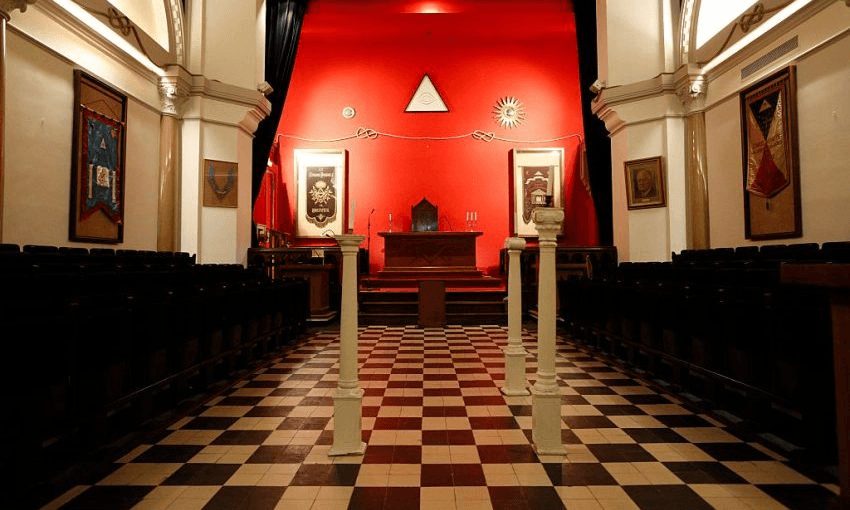Reports that the organisation holds human skull and crossbones are alarming – just because it’s ceremonial, doesn’t make it appropriate, writes bioarchaeologist Siân Halcrow
I’ve often heard talk the Freemasons have strange rituals and traditions, but assumed this was essentially gossip. Last week, however, I was shocked to learn that a human skull and crossbones is apparently used as a symbol by Freemasons to initiate new members, and that real human skeletal remains are held in Freemason lodges in New Zealand and overseas.
According to a report a Nelson man had been sentenced for stealing “a skull and cross bones” from the local Masonic Lodge. I was astonished. Real human remains? Where did they come from, and why on earth are they are using real human remains for ritualistic purposes in the first place?
I have since read that the Freemasons use the symbol of a skull and cross bones (which are actually long bones of the thigh, or femora, laid out in a cross) motif as a Memento Mori – a symbol by which they reflect on mortality, and the vanity of earthly life. The adoption of this was believed to have occurred before the 19th century in the York Rite (American) Chivalric Orders, and have their roots in mediaeval times.
Although the use of human skeletal remains may have been appropriate in a mediaeval context, it is totally inappropriate today.
This is not to say that I am averse to working with human remains – they are integral to my teaching and research. However, today we acknowledge and maintain the dignity of the human remains we work with through following ethical codes of conduct and cultural protocols. This treatment of respect extends from those who have recently donated their bodies to science to those from archaeological contexts.
One thing that is immediately clear to me is that we can strongly question the use of human remains for ritualistic purposes.
Gareth Jones, Emeritus Professor of Anatomy of the University of Otago who has spent his career researching anatomical science and ethics puts it this way: “While actual human bones may well have been employed historically, and although there may be lodges where these still exist, the use of actual bones today seems entirely inappropriate.”
An extremely important question that remains open is where these bones came from in the first place.
Historically there was a large trade of kōiwi tangata Māori (Māori human skeletal remains) and Toi moko (tattooed and preserved Māori heads). Most kōiwi tangata were stolen through clandestine raiding of Māori burial sites and sold to museums and collectors in NZ and further abroad. For Māori, kōiwi tangata are the physical embodiment of their whakapapa and identity and the holding and display of bones is therefore culturally abhorrent. Indeed today kōiwi tangata are not displayed in NZ museums, nor used for teaching.
New Zealand is now working with many overseas institutions to repatriate kōiwi tangata through the Karanga Aotearoa Repatriation Programme. In 2016, the Metropolitan Grand Chapter of Freemasons in London proactively repatriated kōiwi tangata back to New Zealand. Repatriation researcher Amber Aranui said the Programme is now working on confirming the provenance of this ancestor “so that he may now be returned to his people”.
Aranui believes it is possible that Freemason lodges in New Zealand and internationally may have some record of the origins of the human remains they hold and encourages them to make contact to repatriate these remains.
Professor Jones gives some sage advice for any lodges that have human remains: “The symbolical message of the skull and cross bones can be conveyed using replicas, as you would expect to find in theatrical performances. If any lodges find that they still have real human bones in their possession, I would hope they would very seriously consider whether it is possible to determine where they originally came from, whether it is possible to trace living descendants, and the most ethical manner in which they should be disposed of. I do not think they should be retained. Contact should be made with the police in the first instance. Local biological anthropologists should also be consulted.”
Regardless of where they come from these are bones from a person, and should be given dignity and respect. Just because it is a ritual, it doesn’t make it right.
Siân Halcrow is an associate professor in the Department of Anatomy at Otago University
The Bulletin is The Spinoff’s acclaimed, free daily curated digest of all the most important stories from around New Zealand delivered directly to your inbox each morning.
